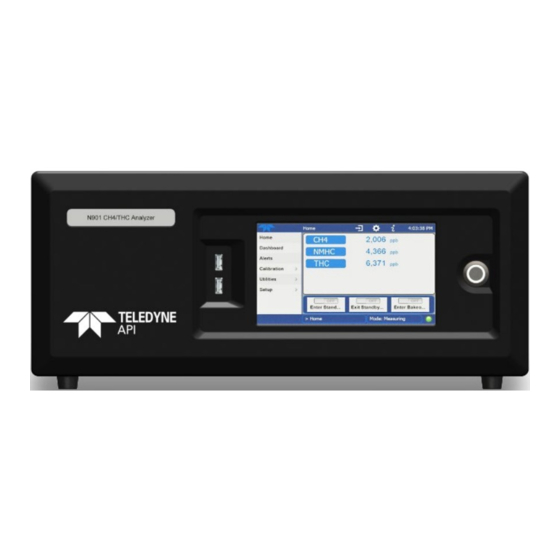
TELEDYNE API N901 Manuals
Manuals and User Guides for TELEDYNE API N901. We have 1 TELEDYNE API N901 manual available for free PDF download: User Manual
TELEDYNE API N901 User Manual (88 pages)
Hydrocarbon Analyzer
Brand: TELEDYNE API
|
Category: Measuring Instruments
|
Size: 10 MB
Table of Contents
Advertisement
